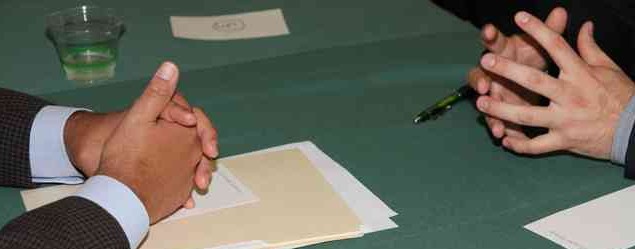The Next Power Pairing: CIO and HRO
post by Chris Curran on December 7, 2012Guest post by Amaresh Tripathy and Zack Capozzi
Many CIOs haven’t given much thought to the human resources department, but maybe they should. Here’s why:
Talent management deficits are derailing CEO plans. In the PwC 2012 global CEO survey, one in four CEOs said, because of talent challenges, they couldn’t pursue a market opportunity or had to cancel or delay a strategic initiative. Moreover, one in three CEOs is concerned that skill shortages will impact their company’s ability to innovate effectively.
Understandably, senior leadership is pressuring HR to deliver more strategic value. They want HR executives to anticipate future talent needs of the company, manage talent to maximize employee performance and reduce turnover. HR execs attempt all of these tasks now, but often miss the mark for two reasons: they have to devote too much time to tactical transactions and gut reactions drive their decisions rather than meaningful measures.
However, changes are unfolding in technology that will free HR from some administrative tasks and give executives unprecedented opportunities to increase corporate profitability. Data-centric analysis can be HR’s ticket to improving the effectiveness of their work while boosting employee performance across the entire organization. All they need is some help with HR analytics. Enter the CIO.
The CIO can relate to the HR executive
They sit in a similarly shaped boat: They both feel a sense of urgency from higher ups to prove they can advance the company’s larger business agendas and they both have dual roles, one focused on supporting the enterprise and one on the marketplace. Additionally, the rise of cloud applications and services is pushing CIOs to take on a more strategic role as business advisor rather than simply a technology builder and distributor. CIOs are poised to drive revenue as they to pivot to face customers and solve persistent operational problems.
CIOs and HR executives stand on similar ground
They also have unfinished business to tackle that could elevate their departments in the eyes of fellow execs. Years ago, CIOs helped HR procure and implement people management systems. Those systems collected treasure troves of data about workers. That data is largely lying dormant in legacy systems. Why?
HR has the knowledge, but not the analytic skills necessary to turn the information into actionable insights. By working with the CIO, HR execs could improve targeted recruiting plus distribute employee resources across the company based on performance, satisfaction measures and changing market demands. Also, they could quickly pinpoint and eliminate problems that spark employee churn.
Together, HR executives and CIOs can dig deep into the data to unearth high-value information to solve their CEO’s talent management challenges. As a bonus, they could deliver the CFO an impressive return on investment from talent management software. A rigorous, scientific approach to talent management would position them as game changers rather than cost centers.
Here are some of the sweeping possibilities that a data-driven decision making model presents to HROs and CIOs:
- Streamline recruiting sources to secure better performers at a lower cost. Discover where to recruit and which candidates to seek based on data identifying the key ingredients that determine employee success.
- Anticipate demand for workers rather than reactively filling posts by merging and mining data from inside & outside the organization to forecast future staffing requirements, eliminating the talent gaps that frustrate CEOs and stifle innovation.
- Proactively identify employees at risk of leaving by tracking employee satisfaction in a timely manner and take preemptive measures to reduce churn.
- Determine which employee resource programs improve satisfaction and which programs to eliminate.
- Rev up sales performance, which would have a direct, immediate impact on the bottom line. For example, learn that the sales commission structure is not as motivating as it could be. Review behavioral and demographic characteristics of the sales force and devise commission or incentive structures based on that information.
HR has the information to cultivate a real-time, data-driven decision making culture. In turn, CIOs have the data management skills to harvest and harness the data. CIOs need to demonstrate their ability to strategically partner with and effectively counsel business units. HR is low hanging fruit. The data is there and the executives are ready to find their business voice to claim a seat at the table.
A CIO-HR partnership is a win-win for both parties. The question is: who will make the first move toward forging an alliance?
We would like to hear from you. Have you seen instances of CIOs & HR collaborating? How would you start the HR and tech teaming conversation? Let’s discuss it here or connect with us on LinkedIn.
Image shared by bpsuf




